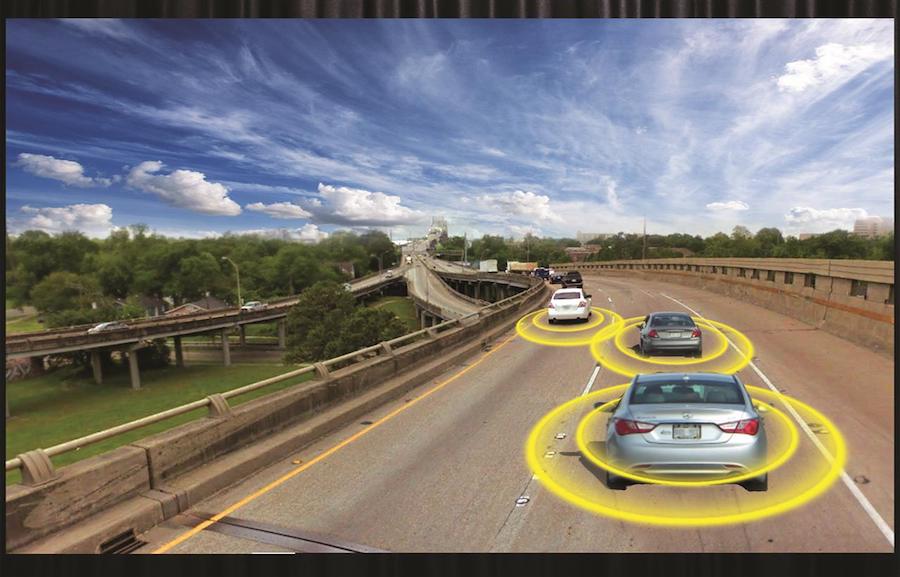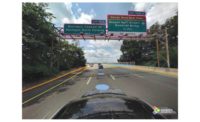Efforts are underway in Louisiana to determine the possible impacts and new requirements for highway infrastructure that may result should the use of connected and autonomous vehicles (CAVs) grow.
Louisiana’s Dept. of Transportation and Development (DOTD) announced that it has contracted Arcadis U.S. Inc. to provide technical support services and facilitate planning activities related to connected and autonomous vehicles and their impact on highway infrastructure. The purpose of the project is to keep the DOTD up to date on industry trends while also preparing the state for possible changes in future transportation.
“Louisiana is one of a handful of states looking at CAV technology,” explains Akhil Chauhan, vice president of transportation services with Arcadis, Baton Rouge, who is working directly with the DOTD. “Other states like Florida, Texas, Michigan, Virginia, California and Arizona are also starting to plan but it’s not widely adopted yet across the country. It’s gaining momentum each year but is still a fairly new pursuit for state DOTs.”
This multi-year, $2 million contract has Arcadis developing a strategic implementation plan for CAV implementation with the DOTD and performing intelligent transportation systems (ITS) architectures and system engineering analysis for CAVs.
Chauhan explains that “CAVs communicate with infrastructure using roadside units using DSRC radio waves (dedicated short-range communications). In comparison, cell phone signals typically have a longer latency on information transfer and are not as desirable for two-way, instant, vehicle-to-infrastructure and vehicle-to-vehicle communications.” This would require states that have CAVs on their roads to install roadside units to support them.
“Also, the roadway support infrastructure will change. For instance, there will be a huge impact on parking garages and outlying lots,” Chauhan adds. “An autonomous car can drive you to work or the airport and go park itself back home or at an outlying lot. We’re already seeing parking garages in cities like Boston designed with spaces between columns and beams for future conversion into residential or commercial units.”
Furthermore, interstate and highway lanes could potentially be narrowed from the standard 12-ft width to 10-ft, resulting in a smaller infrastructure footprint, he notes. “These are just some of the clear impacts CAVs will have on roadway infrastructure design,” Chauhan says.
While it’s unclear when exactly CAVs will be prevalent on roads across the country, Chauhan notes that each state will certainly follow a different timeline. Public agencies will have to lead the use of CAVs, and stakeholders are waiting for the U.S. Dept. of Transportation to adopt its final policies that will ultimately guide state adoption and deployment, Chauhan adds.
“Some states have already started test deployments and demonstrations of CAV technologies. Once they realize the potential and see the broad impacts, then you’ll see changes to government processes and policies,” he says. “We anticipate states will be fully engaged with AVs by 2030. That’s less than 15 years, so state and regional governments will want to start planning now. It takes time to design and implement the infrastructure, find funding, change public policies and adopt new technologies.”
As part of the project, Arcadis will also analyze emerging technologies in roadway infrastructure, such as vehicle-to-vehicle communications and Dedicated Short Range Communications (DSRC) frequencies.






Post a comment to this article
Report Abusive Comment